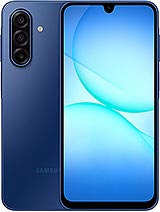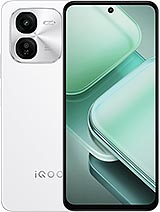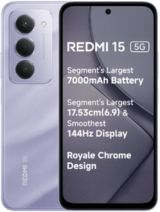iQOO Z9x alternatives
Tap above to see alternatives.
Redmi 15 alternatives
Tap above to see alternatives.
4x2.2 GHz Cortex-A78
4x1.8 GHz Cortex-A55
2x2.3 GHz Cortex-A78
6x2.0 GHz Cortex-A55
6GB 128GB (UFS 2.2)
8GB 128GB (UFS 2.2)
8GB 128GB (UFS 2.2)
8GB 256GB (UFS 2.2)
f/1.8, (wide), 1/1.95", 0.8µm, PDAF
2 MP
f/2.4, (depth)
f/1.75, (wide), 1/2.88" 0.61μm, PDAF
Auxiliary lens
1080p
f/2.1, (wide)
f/2.2, (wide)
SIM1: Nano, SIM2: Nano (Hybrid)
8 5G bands
n1, n3, n5, n8, n28, n40, n77, n78
7 5G bands
n1, n3, n5, n8, n28, n40, n78
In this performance comparison, the iQOO Z9x with its Qualcomm Snapdragon 6 Gen 1 (4nm) performs better than the Redmi 15 with the Qualcomm Snapdragon 6s Gen 3 (6nm), thanks to superior chipset efficiency.
Both phones offer the same 2 years of OS update support. For security updates, Redmi 15 offers 4 years of support compared to iQOO Z9x's 3 years.
Both iQOO Z9x and Redmi 15 use LCD screens. In terms of smoothness, Redmi 15 offers a higher 144 Hz refresh rate, ensuring fluid scrolling and animations. iQOO Z9x also boasts a brighter screen with 1000 nits of peak brightness, enhancing outdoor visibility. Both phones have the same screen resolution.
Redmi 15 features a larger 7000 mAh battery, potentially delivering better battery life. iQOO Z9x also supports faster wired charging at 44W, compared to 33W on Redmi 15. Redmi 15 supports wireless charging at -2W, while iQOO Z9x lacks this feature.
Both phones feature the same IP64 rating for water and dust resistance.
- iQOO Z9x – Check price here
- Redmi 15 – Check price here
¹ Scores can vary even with the same chipset due to RAM, thermals, and software optimization.











